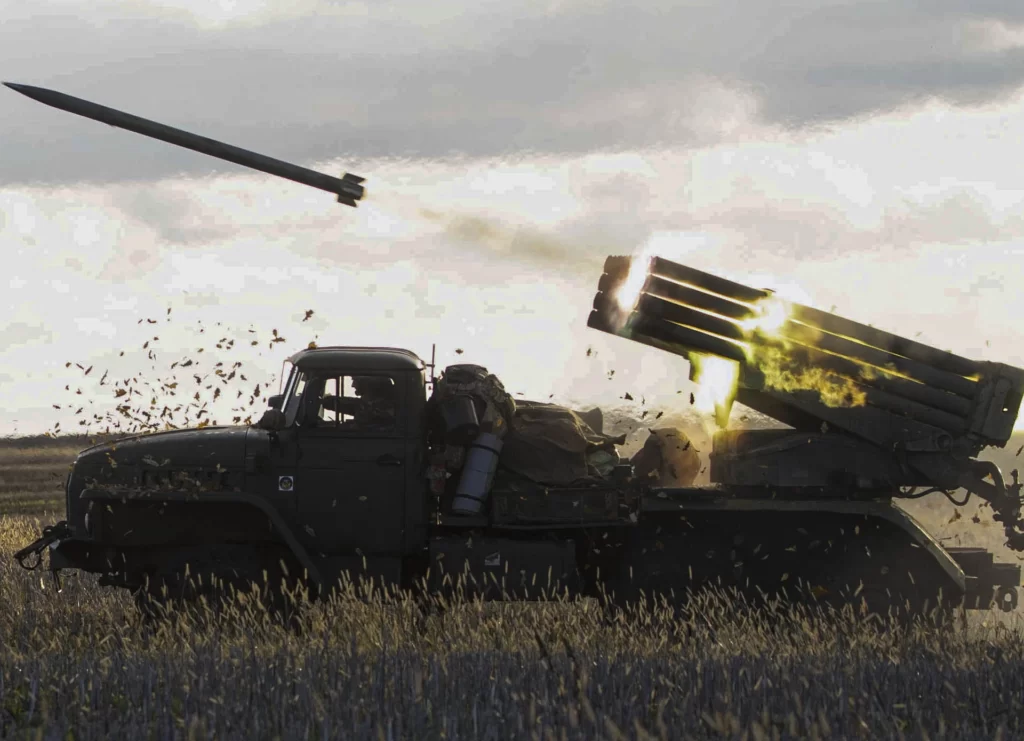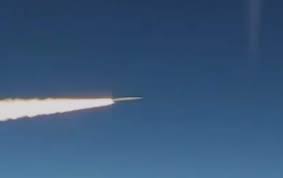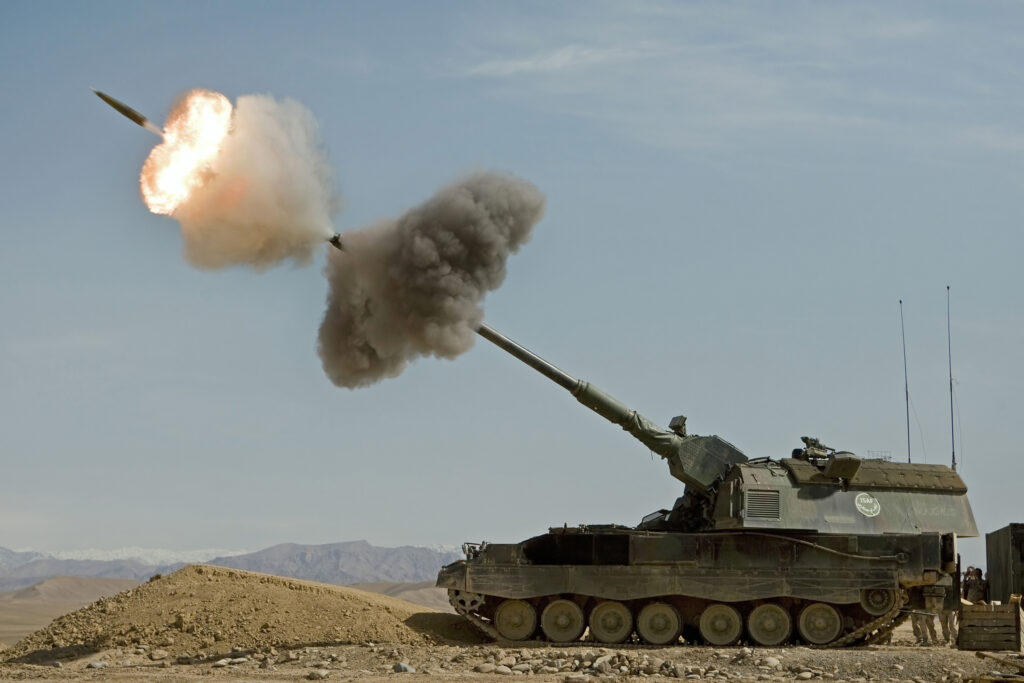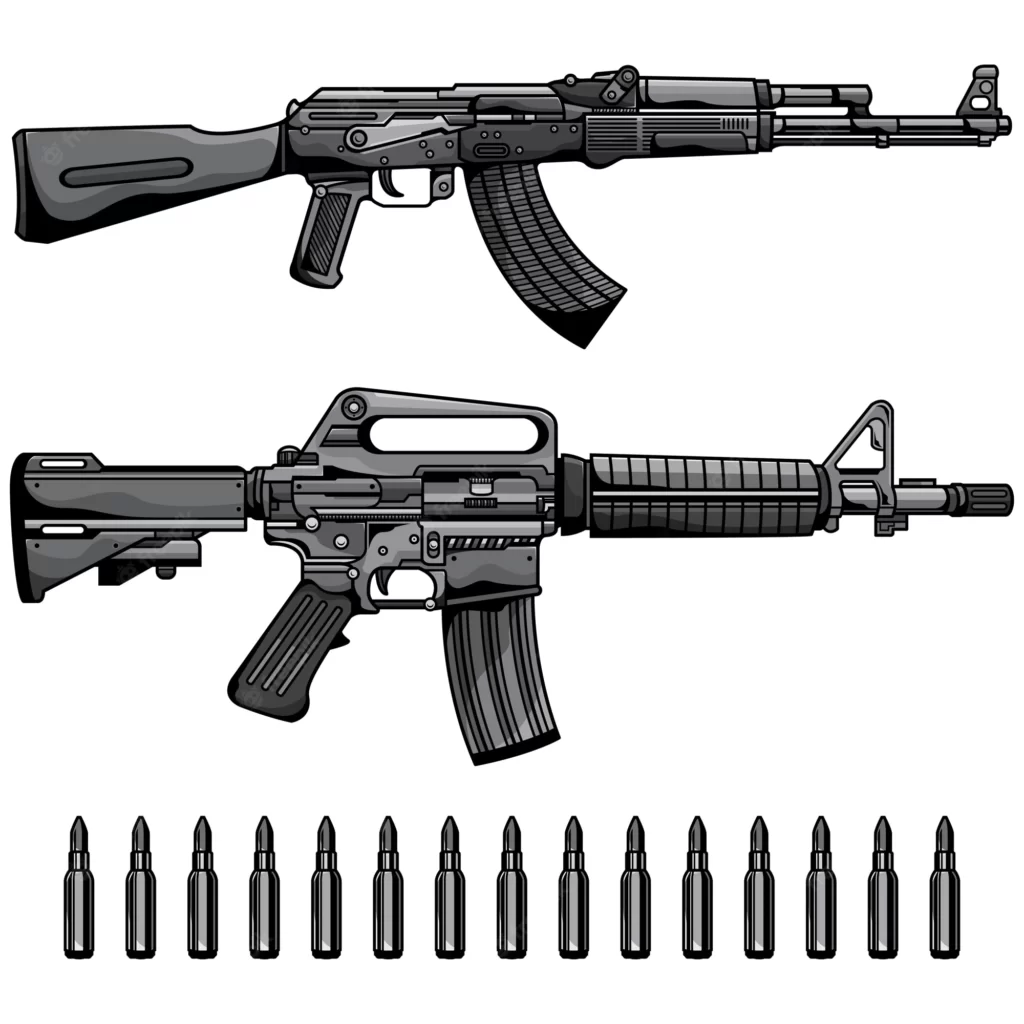The First Nation news : confirmed on November 18, 2022 that Ukraine had miscalculated Russia’s ability to continue its Special Military Operation (SMO) based on the number of cruise missiles at their disposal. This assessment was made by the EurAsian Times.
The general staff of Ukraine had predicted that the Russian inventory of cruise and ballistic missiles was severely short in mid-October. Based on the initial stock at the outset of the war, the estimates were made.
According to the General Staff, Russia had 900 Iskander-M missiles, 500 Calibre missiles, and 440 KH-101 missiles on February 24, 2022.
The stockpiles were reported to have been down to 123 Iskanders, 272 Calibre, and 213 KH-101 after eight months of operations.
Several sources claim that on November 15, 2022, Russia attacked infrastructure targets and command and communication nodes in Ukraine using over 90 cruise missiles and kamikaze drones. In the subsequent assaults, more drones and cruise missiles were employed.
Not only Ukraine, but also US intelligence’s projections were wildly off.
Along with underestimating initial supplies, Western policymakers miscalculated Russia’s capacity to maintain production in the wake of what they perceived as severe Western sanctions.
Wally Adeyemo, the deputy secretary of the US Treasury, claimed in October 2022 that US sanctions are “impeding the Russian defence industry’s capacity to build weapons and replace those that have been lost in the conflict.
Russian officials are worried that they don’t have enough foreign components and that the country is running out of microelectronics that are essential to its military-industrial complex. Due to a scarcity of essential, foreign technologies, two of Russia’s biggest domestic microelectronics producers have temporarily stopped manufacturing.
We noted in our analysis that a nation’s weapon stock levels are considered top secret, and that only a small number of carefully chosen officials within that nation have access to the stock levels.
We also noted that over time, Russia might be able to substitute less sophisticated Russian electronic components for bulkier but equally effective Western microelectronic components.
It would take months to switch to Russian electrical components, but eventually production would resume at the appropriate level to support the Russian operation.
Russian military operations in Ukraine may have begun on February 24, 2022, but Russia undoubtedly anticipated the campaign’s inevitable onset soon after the US-sanctioned Maidan revolution in 2014, which toppled the lawfully elected pro Russian government in Ukraine.
It is likely that Russia built up its PGM stock long before the launch of the GOS.

Also, for many years, the Russian arms industry has been following a presidential decree that prohibits the use of foreign materials in Russian arms. Therefore, it may be that the Western assessment of the impact of its restrictions on the export of microelectronics is a big guess.
The NYT newspaper quoted Mark Kansian, a senior adviser at the Center for Strategic and International Studies, as admitting that “few officials in the West have accurate information about the stockpile of Russian military weapons.”
According to the NYT, Russia’s continued ability to launch large-scale missile strikes may have several interpretations.
Russia receives weapons and drones from Iran and North Korea. Russia’s first product plan was wrong.
Russia can create a large number of weapons by assembling the defense industry and bringing them into continuous operation. Russia uses its air defense (AD) missiles in a ground-to-ground attack model.
We at EurAsian Times are skeptical of the first explanation. There is no evidence that Russia used North Korean missiles or drones. However, we believe that three other details are important. The West has not been able to show any hard evidence that Russia is using Iranian drones in its GOS.
If Iran supplies Russia with drones, it will be easier for the US to attack Iran’s defense and transportation facilities. It is likely that Iran has transferred technology and equipment for the production of drones to Russia, which will mean that drones will continue to be used in Russia regardless of what the United States does. United can do against Iran.
Russia has prepared for war drawn from the West’s strategy of Russia’s ability to carry out war or a big fantasy. There is evidence now that the United States and NATO have realized that their initial assessment that Russia will not be able to fight the war in Ukraine in the long run is wrong.
Recent remarks by General Mark Miley, Chairman of the Joint Chiefs of Staff, suggesting that Ukraine cannot win back the territory that it has lost to Russia in the foreseeable future, are likely based on his assessment that Russia has the means to continue fighting Ukraine for a long time.
He wouldn’t have said what he said if Russia was running out of cruise missiles and kamikaze drone stocks.
General Miley’s remarks were almost certainly based on high-quality intelligence and data available with the US. Significantly, his remarks have not been refuted by any US official. As such, they need to be taken seriously.
If Ukraine cannot win back its lost territory through war despite US and NATO support, it makes sense for the country to negotiate peace with Russia. So it’s not surprising that several US officials have advocated that it was for Ukraine to negotiate peace with Russia.

Ukrainian PZH-2000 howitzers brought by Germany “fall” in the war against Russia; Reports say he is facing ‘unexpected problems’

The German-supplied IRIS-T air defense system has recently received high praise for its excellent performance in Ukraine. However, it seems that the activists in Germany are facing a serious job crisis.
On November 18, the German newspaper Der Spiegel reported that the Panzerhaubitze 2000 is being used independently on the battlefield, but the Ukrainian army is struggling to maintain and repair the weapon due to a lack of spare parts.
The report says that the series of 14 PzH 2000 sent by Germany to Ukraine is experiencing “unforeseen problems” as supply errors have caused a shortage of parts, undermining the combat effectiveness of the weapon.
It is believed that the German Ministry of Defense neglected to provide enough equipment to keep the reactors operational and properly maintained in time.
According to Spiegel, many people who are violent now need rehabilitation because of their constant use. Ukrainian snipers use each gun to fire up to 300 shells per day, destroying a large number of weapons systems.
The lack of spare parts is not unexpected. The report said the procurement department of the Bundeswehr is advising the German defense services to supply large ships with parts for the MARS II missile system because they take time to deliver.

Recently, German sailors were taken to Lithuania for repairs. Technicians were forced to dismantle one of the cruisers and keep it in Lithuania for the time being because neither the company nor the Bundeswehr had the necessary spare parts.
However, the Ukrainian headquarters (minister) has not yet issued the necessary guidelines. Still, Berlin is looking for ways to keep the weapons it sent to Ukraine. In Nov. 15, Germany announced plans to build a factory in Slovakia for the military weapons that Berlin gave to Ukraine.
On the other hand, the German air defense system IRIS-T has recently made headlines for its success in Ukraine. Earlier, Ukraine also claimed that the IRIS-T system shows 100% effectiveness against air threats. Recently, a video appeared showing the dramatic interception of Russian missiles in Kyiv Oblast, which was allegedly carried out by the IRIS-T air defense system.
Why are German howitzers faster?
The PzH-2000 is a closed 155mm gun chassis that covers some parts of the Leopard-2 battle station (MBT). The Panzerhaubitze 2000 has been produced since 1998. The system can operate at a distance of 30,000 to 40,000 meters, depending on the type of shell.
Can fire up to ten shots per second. It is powered by a 1,000 hp diesel engine. Its length is 420 km and the maximum speed on the road is 67 km / h. It has a 7.62mm MG-3 machine gun and eight machine guns.
The SPG had 60 artillery pieces, 48 metal charges, 2,000 machine guns and eight mortars. It is perfect for shoot-and-scoot missions where, when shooting into enemy positions, a vehicle can quickly leave the area before its shell trajectory retracts and comes under counter fire.

However, reports that these machines had great difficulty operating during the war are not uncommon.
At the end of July, just one month after the delivery to the pilots in Kyiv, it was reported that the German machines needed repairs due to the tires and other weapons that did not fit. But the German military insists that the bombers are moving faster than expected due to the high fire rate which is putting a lot of problems in the howitzer’s installation process.
Germany and the Netherlands transferred 22 such systems to Ukraine. Earlier, German security officials said Ukraine praised the move and wanted more violence.
Remember that the German government has already authorized the delivery of Panzerhaubitze 2000 self-propelled guns to Ukraine. Krauss-Maffei Wegmann (KMW), maker of Leopard II tanks, GTK Boxer armored personnel carriers and Puma combat vehicles, will produce the racers.
The estimated value of the contract is 1.7 billion euros, but it will take several years to complete.


